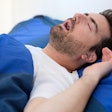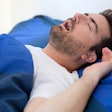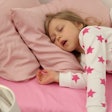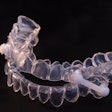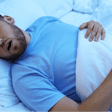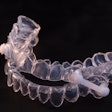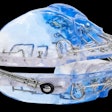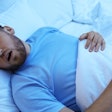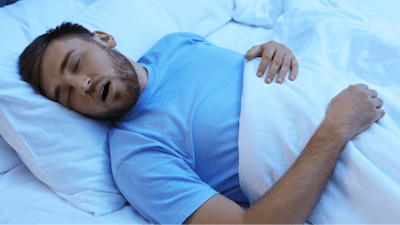
Sleep apnea patients with larger mouths may benefit from combining elastic bands with oral appliances (OAs) that restrict one's mouth opening during sleep. This study was recently published in the Journal of Oral Rehabilitation.
Furthermore, men may benefit more from this, particularly when lying on their backs during sleep, the authors wrote.
"Elastic bands improved OA treatment effect by reducing the respiratory event index (REI) in supine position,” wrote the authors, led by Ulrik Leidland Opsahl of the University of Bergen Center for Translational Oral Research in Norway (J Oral Rehabil, September 30, 2024).
To assess whether adding elastic bands to oral appliances improves treatment success – which was defined as a more than 50% reduction in the respiratory event index (REI) -- a single-center, randomized crossover trial comprising 69 adults with obstructive sleep apnea (OSA) was conducted. The study also aimed to identify factors that predict the need for elastic bands in OA treatment, they wrote.
Participants were randomly assigned to receive OA treatment with or without elastic bands. After three weeks, treatment effects were measured using home respiratory polygraphy and questionnaires. Patients then switched treatment modalities, following the same protocol. Additionally, statistical analyses were conducted.
Patients reported a significantly higher improvement in quality of life after treatment without elastic bands compared to with them (71.1% versus 56.3%, p = 0.018). Daytime sleepiness (ESS) improved with both treatments, dropping from 7.9 to 6.2 with elastic bands (p < 0.001) and from 7.9 to 6.6 without them (p < 0.002), according to the results.
However, excessive daytime sleepiness (ESS > 10) was significantly reduced only without elastic bands. Nearly 67% of patients who used elastic bands and approximately 70% who didn't reported less daytime sleepiness, with 7.8% and 8.7%, respectively, reporting complete relief. Logistic regression showed men had a significantly higher chance of reducing REI by more than 50% with elastic bands (odds ratio [OR], 2.9; p = 0.006), the authors wrote.
Patients who were successful only using elastic bands had a larger maximum mouth opening (54.5 mm versus 50.1 mm; OR, 1.13; p = 0.035). Overall, OA treatment with elastic bands had a higher success rate based on REI (53.9% versus 34.6%, p = 0.002), but patients tended to prefer treatment without elastic bands, they wrote.
The study had limitations, including the short follow-up time, which showed an early preference for treatment without elastic bands. Longer-term studies are needed to understand how elastic bands might impact adherence to OA treatment over time, the authors wrote.
"Patients in the current study preferred OA treatment without elastic bands, emphasising the necessity of selecting patients who will benefit from them, rather than universally applying elastic bands on all OAs," Opsahl and colleagues concluded.

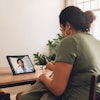
.RbyOLNR6ps.png?crop=focalpoint&fit=crop&fp-x=0.5&fp-y=0.5&h=100&w=100&auto=format%2Ccompress&q=70)

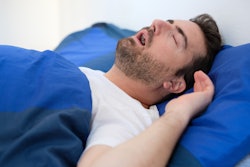
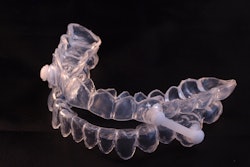
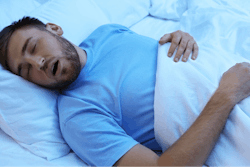
.hpp4JFpXkV.png?crop=focalpoint&fit=crop&fp-x=0.5&fp-y=0.5&h=167&w=250&auto=format%2Ccompress&q=70)



